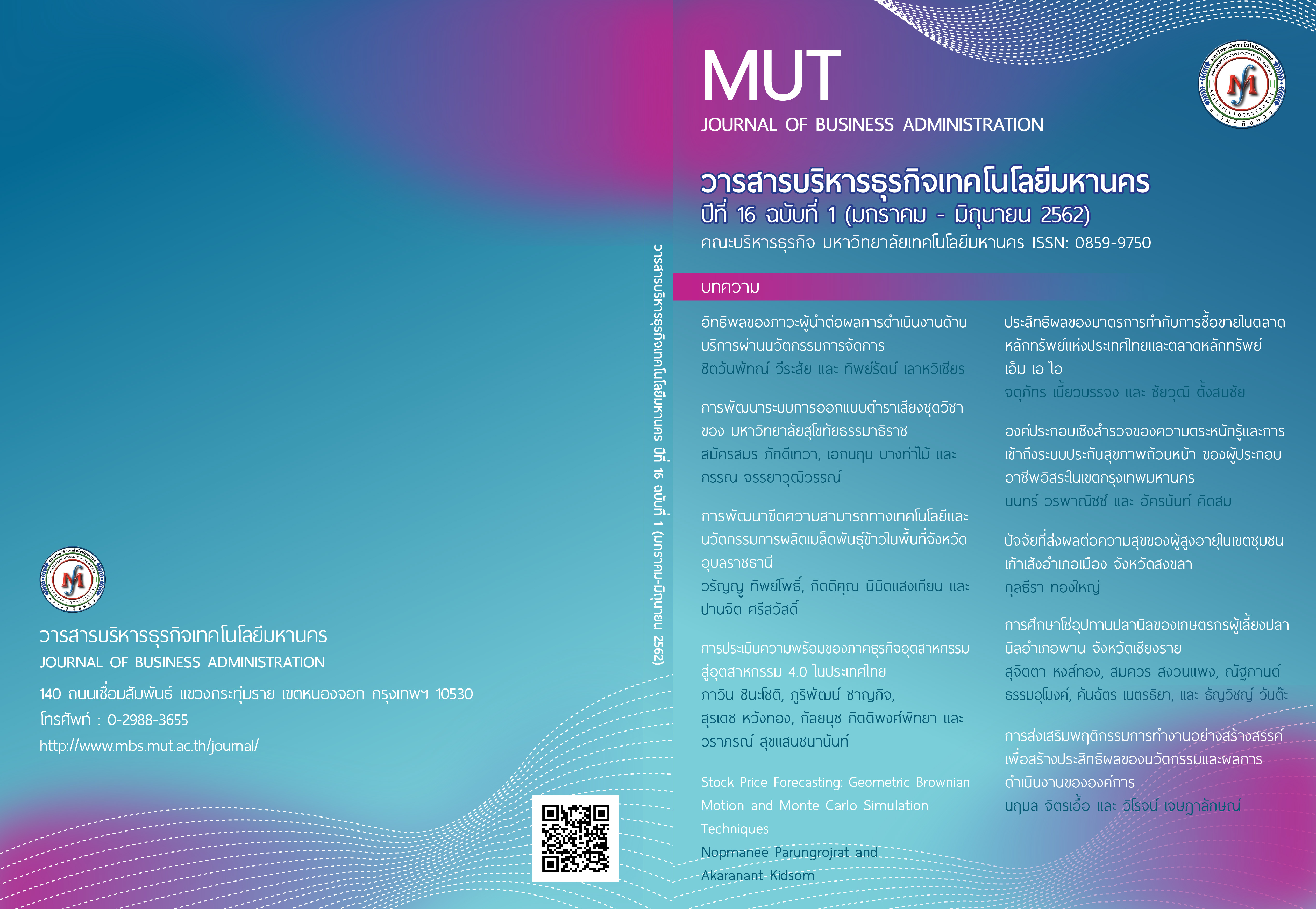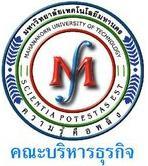Supply Chain of Nile Tilapia Farmers and Cost per unit : Case Study Phan District, Chiang Rai Province
Keywords:
Nile Tilapia, Supply Chain, Cost, Cost per unitAbstract
The purpose of this research is to supply chain of Nile Tilapia farmers and cost per unit : case study phan district, chiang rai province, by applying supply chain management theory and unit cost analysis. The research show overview of the supply chain operations from upstream to downstream activities. The tools used in this research were semi-structured interview forms, for collecting data to find patterns of tilapia supply chains then analyze the cost per unit and leading to guidelines for improving the supply chain as well as cost reduction.
According to the study of Nile Tilapia supply chain, it was found that Nile tilapia farmers in Phan district had 3 types: small farm which 1-2 ponds, medium farm has 4 ponds and Big farm which has 6 ponds and over. The supply chain pattern of Nile fish in Phan district consists of production factors Suppliers of such as fish, fish food and various equipment in which the production factor suppliers will be sent through the group (enterprise, club, and cooperative). They are intermediaries for resting products such as fish and fish food, to the group before selling to farmers and forecasting the number of raw materials from the amount of raising of members in the group Nile tilapia farmers operate according to the quantity and size of the pond. When the Nile Tilapia has the maturity and the size of the group. The farmer informed the group leader to bring the fish from the pond. The group had a fish truck and the staff took the fish out of the pond then weighed the fish. The group will sell fish to the local customers in Chiang Rai, Phayao and Phrae provinces. It indicates that the group will manage the upstream and downstream sections for all members. If the Nile Tilapia farmers are not members, they must find the production factors and find the fish market, which the ability of the farmers may not able to find the market. Therefore, they must join a member of the group for their convenience.
The analysis of the unit cost of Nile Tilapia by activity analysis based on fish supply chains, found that there are 6 activities in the supply chain include 1) Pond preparation activities 2) Fish procurement activities 3) Nile Tilapia raising activities 4) Location maintenance activities 5) Fish care activities 6) Fishing activities. The activities for raising Nile Tilapia of the farmers in all 3 levels. The most costly activity is Nile Tilapia raising activities for weight and size as desired. The main factor is the food. The food that is popular for raising fish is mostly ready-made foods that also cost high price. The cost of raising Nile Tilapia considered 80% - 95% from total cost of fish farming process and the cost per kg is around 43 - 50 baht. As a result, the guidelines for cost reduction that farmers should raise chickens or pigs on top of fish ponds or use natural supplements and low-protein foods that are cheap, alternating with high protein foods to reduce the cost of raising.
Downloads
Published
Issue
Section
License
ข้อความ ข้อคิดเห็น ข้อมูล เนื้อหา รูปภาพ แผนภูมิ แผนผัง เป็นต้น ที่ปรากฏและแสดงในบทความต่างๆ ในวารสารบริหารธุรกิจเทคโนโลยีมหานคร ถือเป็นความรับผิดชอบโดยตรงของผู้เขียนบทความนั้นๆ มิใช่เป็นความรับผิดชอบใดๆ ของวารสารบริหารธุรกิจเทคโนโลยีมหานคร และมหาวิทยาลัยเทคโนโลยีมหานคร
บทความที่ตีพิมพ์ในวารสารบริหารธุรกิจเทคโนโลยีมหานคร ถือเป็นลิขสิทธิ์เฉพาะของคณะบริหารธุรกิจ มหาวิทยาลัยเทคโนโลยีมหานคร หากบุคคลหรือหน่วยงานใดต้องการนำทั้งหมดหรือส่วนใดส่วนหนึ่งไปเผยแพร่ต่อหรือเพื่อกระทำการใดๆ จะต้องได้รับการอนุญาตเป็นลายลักษณ์อักษรจากคณะบริหารธุรกิจ มหาวิทยาลัยเทคโนโลยีมหานครก่อนเท่านั้น


